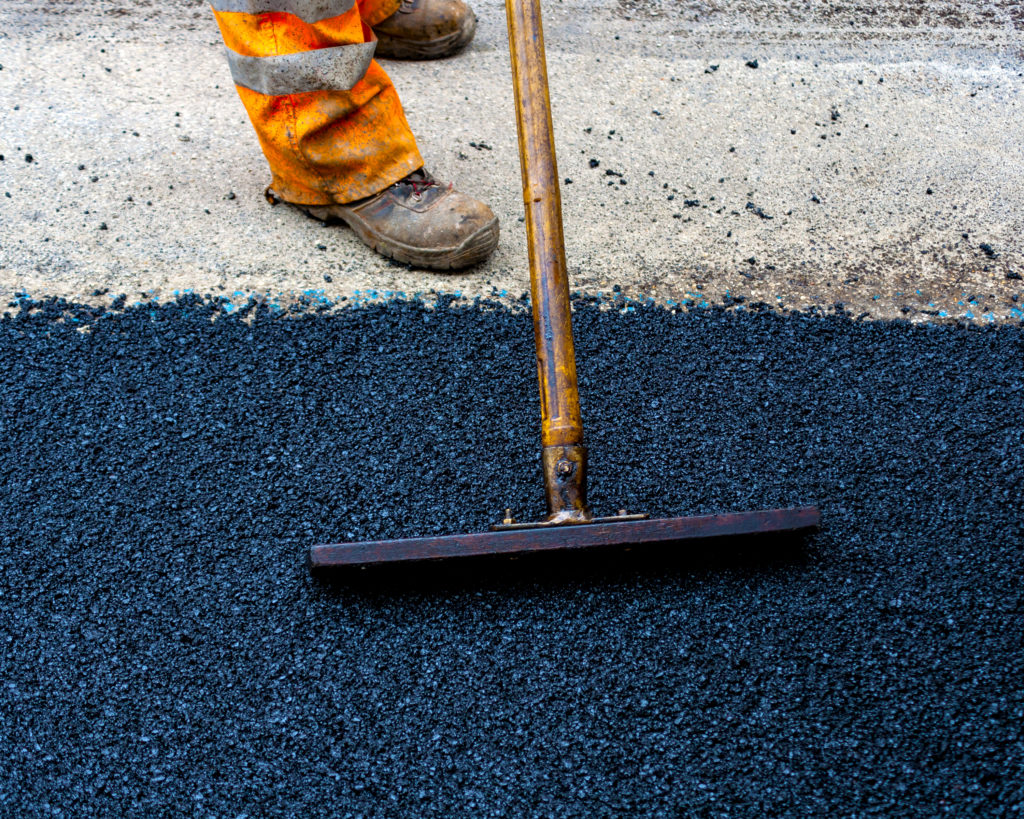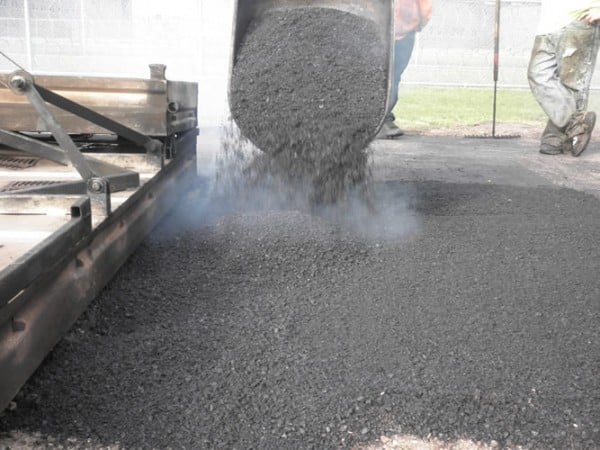Unlocking the Keys of Hot Mix Asphalt Innovation
Checking out the midsts of warm mix asphalt technology uncovers a globe where precise procedures and accurate formulations converge to form our roadways and framework. The combination of accumulations, binders, and fillers isn't just a building and construction task but a strategic orchestration of durability and performance. As we peer into the detailed dance of elements, a tapestry of durability and sustainability unravels. What exists below this surface area of asphaltic proficiency, and what tricks wait to be unveiled in the realm of paving technologies?
Significance of Hot Mix Asphalt
Warm Mix Asphalt plays an important function in contemporary facilities growth because of its resilience and cost-effectiveness. As one of the most typically made use of paving product for roads, highways, and parking great deals, Warm Mix Asphalt provides a series of benefits that add to its importance in building tasks. One key benefit is its capacity to endure hefty website traffic loads and extreme weather, supplying a resilient and trustworthy surface area for transport networks. Additionally, Warm Mix Asphalt is cost-effective in both preliminary construction and long-lasting maintenance, making it a favored selection for several infrastructure jobs.
The sturdiness of Hot Mix Asphalt stems from its make-up, which includes aggregates, binder, and filler products that are thoroughly selected and blended to fulfill certain performance needs. Generally, the importance of Warm Mix Asphalt in facilities growth can not be downplayed, as it continues to be a keystone of modern building and construction methods.
Elements of Asphalt Mixes
The composition of asphalt mixes is composed of meticulously selected aggregates, binder, and filler materials that are vital for achieving certain efficiency requirements. Aggregates are the main element of asphalt blends, supplying strength and stability. The binder, commonly asphalt or asphalt concrete, holds the aggregates together and offers versatility and longevity to the mix.
The mix and percentage of these components play a significant role in identifying the high quality and efficiency of the asphalt mix. Designers very carefully create the mix to fulfill details needs, taking into consideration variables like website traffic quantity, environment problems, and sidewalk life expectancy. Appropriate choice and balancing of aggregates, binder, and fillers are essential for creating durable, long-lasting asphalt sidewalks.
Combining and Manufacturing Methods

When the accumulations are picked, the binder, usually asphalt concrete, is contributed to bind the materials together. The binder's quality and amount dramatically impact the mix's adaptability, resistance, and toughness to ecological variables. In addition, fillers like moisturized lime or Portland cement may be incorporated to enhance specific characteristics of the asphalt mix, such as its workability or dampness resistance.
Throughout manufacturing, the accumulations and binder are heated, generally between 250-325 ° F(121-163 ° C ), to promote blending and make sure appropriate finishing of the aggregates. The blending procedure must be thorough to attain an uniform mix that promotes the wanted efficiency qualities of the asphalt. Various strategies, such as batch blending or drum mixing, are employed to attain high-quality and consistent asphalt blends for building projects.
Variables Impacting Asphalt Performance
Variables read influencing asphalt efficiency include a variety of variables that affect the resilience, long life, and general quality of asphalt sidewalks. One key aspect is the quality of products used in the asphalt mix. The kind and resource of aggregates, the binder top quality, and the ingredients all play a considerable duty in figuring out the efficiency of the asphalt sidewalk. The rank of accumulations is crucial as it influences the mix's resistance, workability, and stability to rutting and breaking.

Design considerations, such as sidewalk density and water drainage, are important in making sure the lasting efficiency of the asphalt sidewalk. By carefully thinking about these variables, contractors and engineers can enhance asphalt efficiency and improve the service life of pavements.
Sustainable Practices in Asphalt Technology

Additionally, the development of warm-mix asphalt (WMA) modern technologies has actually gotten traction in recent years. WMA permits the production and positioning of asphalt blends at reduced temperatures compared to typical hot-mix asphalt, leading to minimized power intake and greenhouse gas discharges. In addition, the use of permeable asphalt blends can help minimize stormwater overflow problems by enabling water to infiltrate through the pavement and right into the ground, advertising all-natural water purification and reenergize procedures. By applying these sustainable techniques, the asphalt industry can add to constructing a more eco-friendly and resistant framework network.
Final Thought
In verdict, hot mix asphalt modern technology plays an essential function in contemporary infrastructure development as a result of its resilience and cost-effectiveness. By meticulously stabilizing components, using appropriate mixing techniques, and taking into consideration various factors, engineers can produce premium asphalt blends that withstand rush hour tons and extreme weather. Accepting sustainable methods, such as making use of warm-mix modern technologies and recycled products, further improves the environmental friendliness of asphalt modern technology.
Blending and production strategies in about his warm mix asphalt innovation involve the accurate mix and processing of accumulations, binder, and fillers to produce a sturdy and high-performance asphalt mix.Aspects influencing asphalt performance incorporate an array of variables that impact the sturdiness, long life, and overall top quality of asphalt pavements. Lasting techniques in asphalt technology include different initiatives aimed at reducing the ecological effect of asphalt production and paving procedures. By incorporating recovered asphalt sidewalk (RAP) and recycled asphalt shingles (RAS) into new asphalt mixes, the industry can significantly decrease the intake of raw products and power, while also reducing garbage dump waste.
WMA enables for the production and placement of asphalt mixes at reduced temperatures compared to typical hot-mix asphalt, resulting in decreased energy intake and greenhouse gas exhausts.